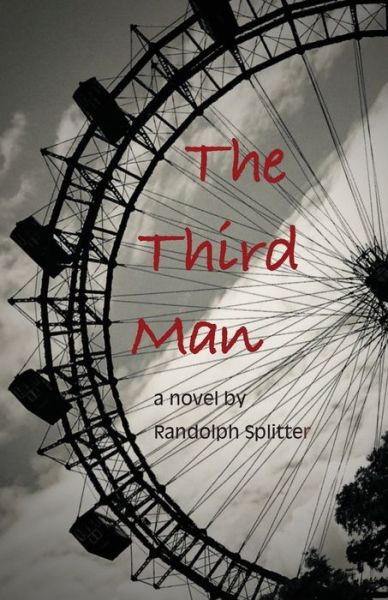
Tell your friends about this item:
The Third Man
Randolph Splitter
The Third Man
Randolph Splitter
From Vienna in the 1930s to England in the 1940s, and back, The Third Man centers on dispossession, exile, refuge, and the search for justice and humanity. Focusing on two Jewish families as the Holocaust approaches, the book gradually zeroes in on two individuals who survive--individuals who have to make difficult moral choices. Julie Bernstein as a young child is sent by her parents to safety in England; growing up there with a foster family, she must consider and reconsider her multiple allegiances. Ignaz Natanson, a kosher butcher's apprentice, changes his identity and name as he escapes to England and joins the British Army. He returns to Vienna, post-war, to track down the person who epitomizes, for him, what Nazi Youth had done to his home. The novel was inspired by the author's family-whose love of life, of music, of philosophy and history, of justice and ethical dilemmas all inhabit this dark yet beautifully drawn world.
The novel could be complete and coherent without its "third man" frame, but the Prologue and Epilogue references to the famous 1949 noir film are distinctive and imaginative; they deepen the significance of the several other episodes. In the end, Ignaz/Nigel recognizes the similarities between himself and the film's Harry Lime (as grifters who sometimes did questionable things). But he also identifies with his own "third man," the one he has tracked with revenge in mind. He recognizes that this man might have been evil, but might instead have been a "poor fool like himself, neither good nor evil, just a confused human being trying to muddle his way through this life."
Splitter's novel is not meant to excuse fascism but rather to force readers to examine what gives rise to it and what causes "ordinary" people to be attracted to it. The Third Man presents a rather grim picture of postwar Vienna while questioning its failure to pay attention to the Nazis, or to the Jews who are no longer there. Yet the elements of hope and humanism are real.
364 pages
| Media | Books Paperback Book (Book with soft cover and glued back) |
| Released | March 7, 2022 |
| ISBN13 | 9781952232640 |
| Publishers | Golden Antelope Press |
| Pages | 364 |
| Dimensions | 140 × 216 × 21 mm · 462 g |
| Language | English |
More by Randolph Splitter
See all of Randolph Splitter ( e.g. Paperback Book and Hardcover Book )


![Cover for Randolph Splitter · The Ramadan Drummer (Paperback Book) [Edition edition] (2018)](https://imusic.b-cdn.net/images/item/original/859/9781945502859.jpg?randolph-splitter-2018-the-ramadan-drummer-paperback-book&class=scaled&v=1522751792)
